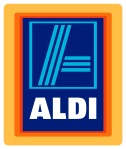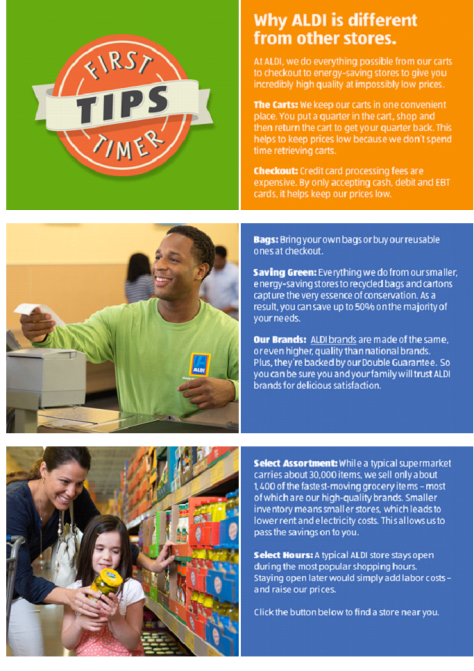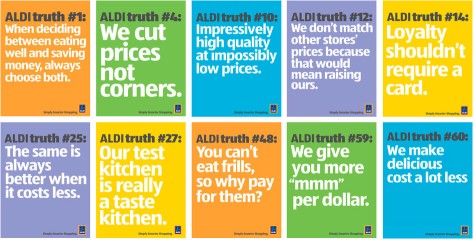In today’s world we are so overloaded with information, images, and rhetoric that we have become desensitized to it. Our attention spans are extremely shortened because we are so used to having instant gratification. We know there will be something else to come along that will be vying for our attention. For these reasons, it is extremely important that what we put out in the virtual universe is what we intend. This means, in business, we need to educate ourselves in order to effectively utilize social media sites to ensure that we are having the effect on the public that we want.
Because social media is so important for public perception and awareness of our organization, we have to take into consideration the power that social media has. Helene Solomon, author of Social Media for Non-Profits states that “social media create opportunities far beyond brand awareness and advocacy; social media recruit volunteers and yield real-world, actionable results”. With this in mind, it is crucial that our posts are well-thought out instead of haphazardly constructed and left for our social media followers to misinterpret. We need to be very clear with our messaging the first time around.

Misinterpretation is especially important when communicating globally. Founder and President of ISI Translation Services, George Rimalower, states that in social media, “we don’t have a lot of room to explain what we mean. The message has to stand on its own.” When using social media for a global audience, he says, it is about “more than just accurate translations into multiple languages. It’s about making sure your message is received by people who don’t share your customs and traditions, and that requires a certain level of cultural understanding beyond language proficiency”.
I would like to build onto Rimolower’s ideas about global communication. His ideas are certainly appropriate for communication across multiple countries, however, I think they can also be applied to people of the same country. Each organization has its own culture. People who aren’t familiar with the organization may not understand or know anything about a particular organization’s culture. For that reason, any time we update our websites or post content to our social media sites, we need to think in terms of communicating globally. If we post information that is specific to our organization but may not be understood by our followers we will certainly lose our audience.
An example of different corporate cultures can be found where I work. I work at the headquarters of ALDI, a very successful food retailer. Our stores, however, are probably nothing like the typical grocery stores you’re familiar with. We actually have a section on our website to inform customers of our practices because first time customers would probably be overwhelmed, causing them to have a negative experience. For example, ALDI cashiers don’t bag customer groceries. They are trained to scan items as fast as possible and place items back in the customer’s cart for everyone’s convenience. It saves time for all of the customers waiting in line and it keeps costs of the products down. Because we do things a little differently, we especially need to ensure that we keep the public informed of who we are. To do this, we have a rather large team in our marketing department. We also use external marketing agencies to help us focus our communication based on our customers’ needs.
I interviewed Marketing Assistant, Katie Andres about her role managing ALDI’s social media to get a better understanding of what we do to keep our customers actively involved and building our public perception.
Me: What is your role at ALDI and how does it relate to social media?
Katie: I work with the marketing department to ensure that the messaging we use on social media best aligns with the needs of our customers. My supervisor creates all of the new posts that go onto Facebook every day. She works with our advertising team as well as the buying team to look for trends and other relevant topics. I focus about 80 percent of my time responding to customer posts on Facebook every day. I typically spend approximately 4-6 hours a day on Facebook.
Me: You have only discussed the utilization of Facebook for ALDI. Are there other social media sites being used?
Katie: I mentioned Facebook because my supervisor and I are solely dedicated to our Facebook following because that has proven to be our most successful form of interacting with the customers. We have other people dedicated to Twitter, Blogs, and Pinterest. We actually have a select group of ALDI fans, who we refer to as “Super Fans”. They are so dedicated to our stores and what we provide the customers that they blog about topics related to our products on a regular basis. Seeing that they have such an interest in ALDI, we began to partner with them and even give them information on products, recipes, and other initiatives before it goes public to help us spread the word.
Me: ALDI is located in other countries including Germany, Australia, Spain, and France. What challenges have you encountered with social media for other countries?
Katie: Because our product lines and customer needs are so varied across the different countries, each international ALDI maintains their own social media sites. That is why our Facebook page is titled “ALDI USA”. Managing our sites separately is the best way to ensure that we are communicating effectively with our customers. Aside from the language differences, our customer needs and products are vastly different. For example, Americans love coconut oil for some reason. We don’t even sell it in some of the other countries but we promote coconut oil on our USA sites and it’s flying off the shelves.
Me: You mentioned that you spend several hours a day responding to Facebook users. What is the level of interaction you have with the users and how do you determine how to respond?
Katie: We actually have an approved list of pre-written responses that I can choose from. The document itself is nearly 30 pages long so there is always a response that will fit with a customer’s question or feedback. I also have the flexibility to alter the verbiage slightly to ensure that our responses don’t sound canned. I make sure that what I post is personalized to the user and that the response appropriately addresses their comments. I respond to every inquiry on the site and most feedback.
Overall, I think ALDI has a really good grasp on what is needed to make their social media sites successful. Because ALDI is located in over 17 countries and the customer needs vary greatly, it is extremely smart that ALDI is utilizing talent from each individual country to manage their social media sites to ensure that the customers get what they need out of it. Christopher Swan, author of Connecting the World Through Social Media, states that in the case of global communication through social media, “one size doesn’t fit all. Using a one-plan approach for every channel and region won’t get results. Just like in any communication plan, social media require knowing your audience and what’s in it for them”.





Your first paragraph did a great job introducing the important aspects your blog post was going to cover. The virtual world can sometimes be a negative space because there is no face to face interaction. I believe it was Lloyd Bitzer that wrote “The Rhetorical Situation.” He explains that the speaker (or business in your case) must be able to understand their audience. A business especially must be aware of their audience and any constraints that could be misinterpreted. I think that your company understands how media impacts their business, and it is great that they allow for each location to have their own media.
Although you have great spacing between your paragraph to break up the “wall” of text, your first few paragraph were a bit blocky. To break this and ensure your audience continues, consider adding an image to start or creating headings to separate your topics. This allows the reader to quickly flow through information as well as makes it easier to go back and reference a specific spot later.
LikeLike
Heather,
Let me begin by saying this a great blog post. It kept my attention well, I got lots of useful information from it and I learned a few things along the way. Really great job.
That being said here’s a little advice to consider, as a different eye looking on. The first sentence is a little long. I would consider removing the fourth word “where”, it isn’t needed and I think it’s a stronger statement without it. Then I would add “so” before “overloaded” and add a period at desensitized and start the next sentence with “Our” and go from there. Just a suggestion.
I love your suggestion of watching communication within your own country as well. I brought that point out myself this week and it’s very important.
You’re interview is excellent. I like the image you added and I was interested enough that I actually read the image, so that’s a great sign. What an imaginative way to make sure people return their carts! But, like Jessica I would like to see more images. Maybe one near the beginning and another the sum things up.
You may also want to separate the Helene quote from the second paragraph so it stands out more. Maybe a different font or color or something like that. It would break up the monotony of black and white text without getting anyone off track.
You’re final quote is good. I think it’s a great way of ending the article.
Stacie
LikeLike
Heather,
Nice post! You make your thoughts very clear through explaining the ideas from the articles by way of examples in the real world. You make it easy for your readers to understand what you’re talking about and make it feel so natural, like we are having a conversation together. Great voice in your writing. You seamlessly move into the interview, though I’d like to see a little more commentary from you about the interview.
Thanks for your insights!
Katy
LikeLike